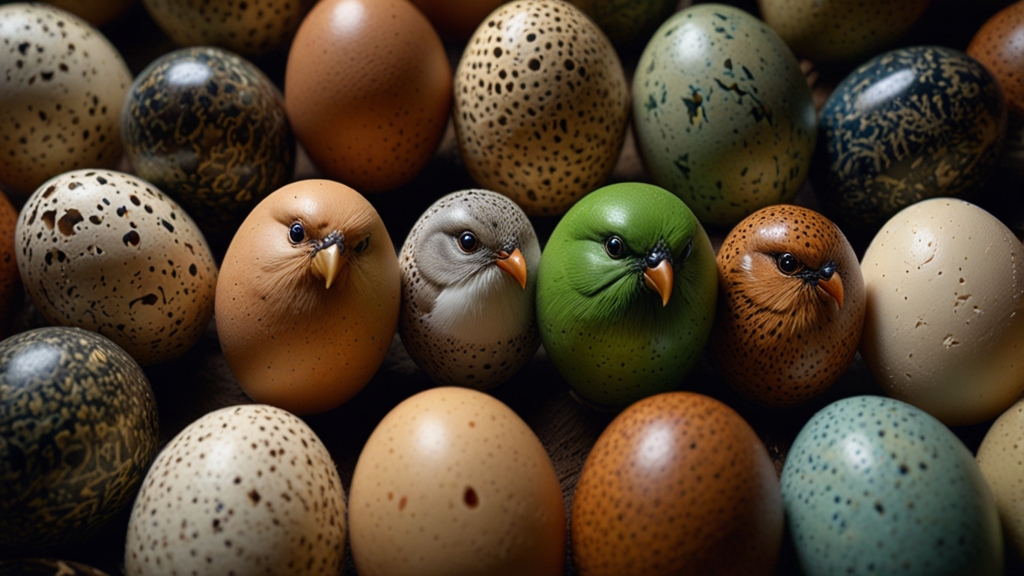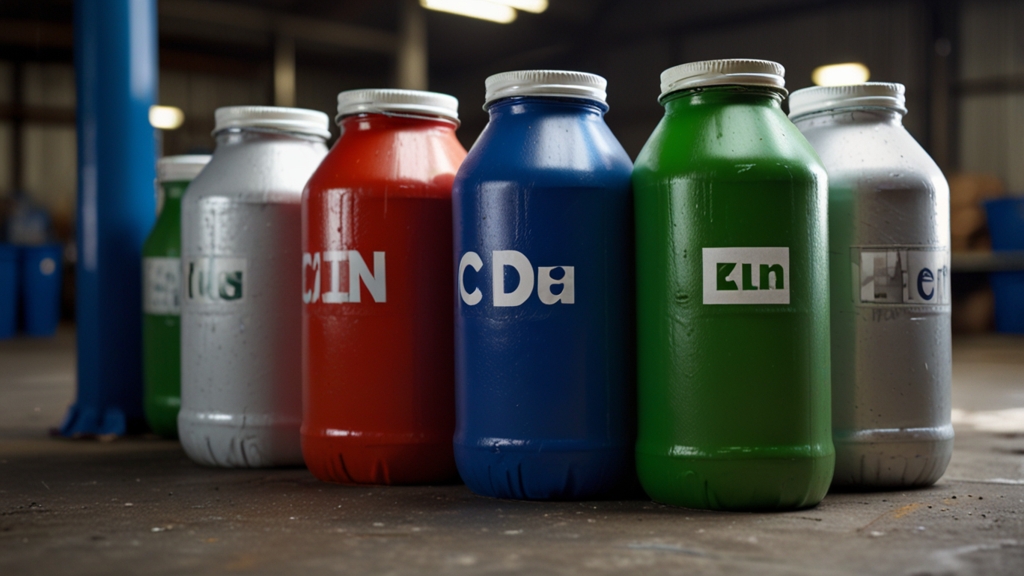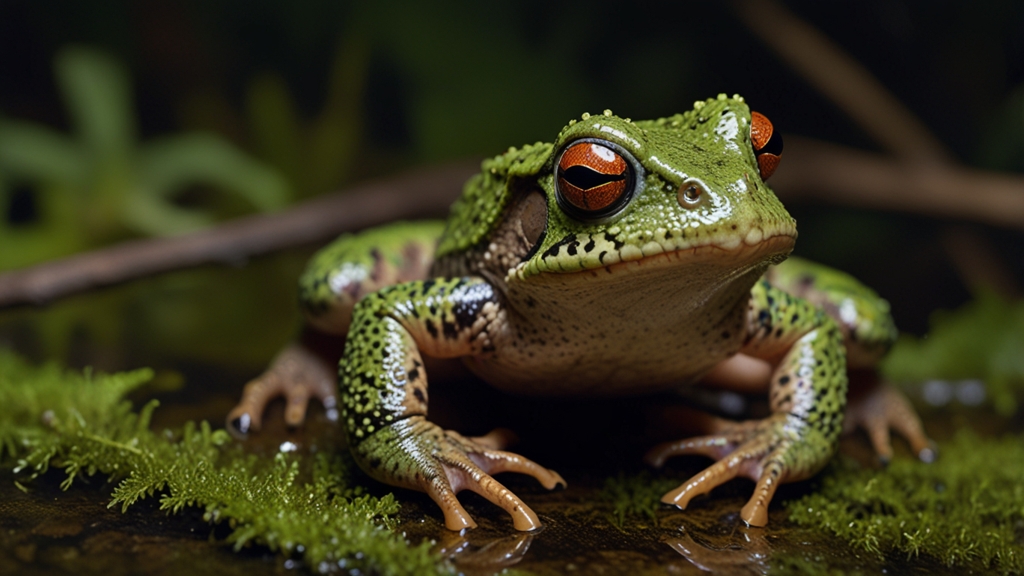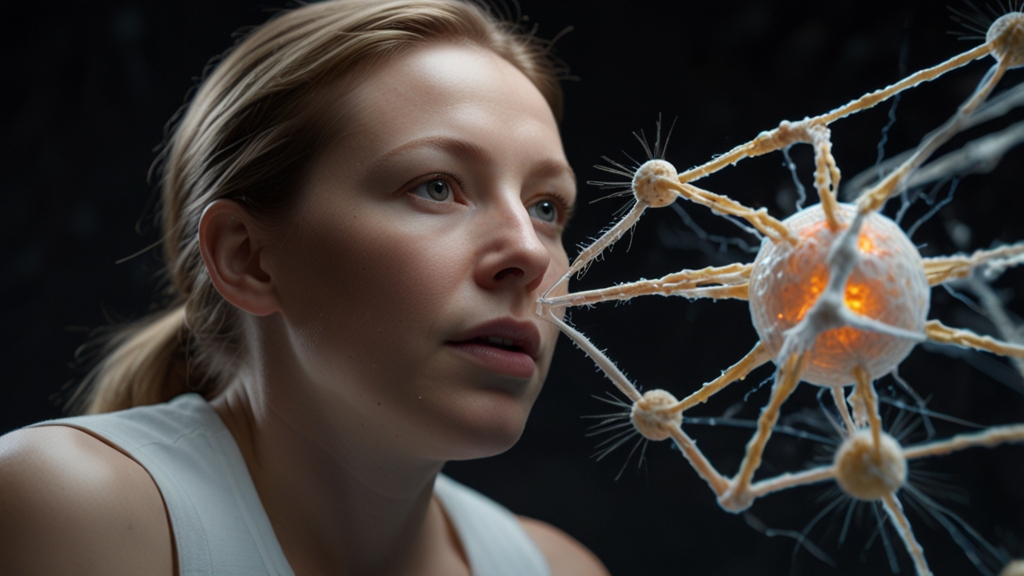Introduction
Birds, with their magnificent plumage and melodic calls, are among the most enchanting creatures on Earth. However, the journey from a fragile egg to a stunning avian masterpiece is nothing short of miraculous. This transformation involves a series of intriguing stages, each of which is vital for the development of a healthy bird.
The Egg Stage
The journey of avian life begins within an egg, a marvel of natural engineering. Bird eggs come in various shapes, sizes, and colors, tailored to the needs of different species. Within these protective shells, embryonic birds begin their development.
Eggs are composed of a calcium-rich outer shell, which safeguards the growing embryo. Inside, the embryo is nourished by the yolk and albumen, providing essential proteins, fats, and vitamins required for growth. This stage can last from a few days to several weeks, depending on the species.
"Nature's heart beats strong beneath the humble shell of an egg. Each delicate coating conceals a future aviator, waiting patiently for the right moment to break free."
Hatching
The next critical phase is hatching. When the time is right, the chick uses a special structure called the "egg tooth" to break through the shell. This process is both arduous and critical; it tests the strength and determination of the fledgling bird.
Once hatched, the chick is often helpless and entirely dependent on its parents for warmth, protection, and nutrition. This is a vulnerable time where the instincts of the parent birds play an indispensable role in the survival of their young.
Development and Growth
As days turn into weeks, the chick undergoes rapid growth. Feathers start to replace downy fluff, and wings strengthen in preparation for their first flight. Parental involvement remains high, with feeding trips becoming more frequent to meet the increasing demands of the growing bird.
During this stage, the young bird also learns essential survival skills. Hunting, foraging, and recognizing predators are ingrained through both instinct and parental guidance. The transition from nestling to fledgling signifies the bird's readiness to leave the nest and explore the world.
"It is a rite of passage, a testament to resilience. From the shelter of a nest to the vast skies, the young bird embarks on its most treacherous and exhilarating journey yet."
Fledging and Beyond
The fledging period marks a significant milestone as the young bird takes its initial flights. These first aerial attempts are far from perfect but are crucial learning experiences. In this stage, the bird hones its flying skills, becoming more proficient with each attempt.
The fledgling gradually becomes independent, although some species may stay under parental supervision for extended periods. This continued care ensures they master the art of survival in the wild.
Maturity
As the young bird reaches adulthood, its plumage becomes vibrant, showcasing species-specific characteristics. The mature bird is now equipped to find a mate, establish territory, and contribute to the cycle of life by laying its eggs.
This remarkable transformation from a delicate egg to a master of the sky encapsulates the wonders of avian life. Birds' resilience and adaptability highlight the intricate balance of nature's design and evolution.
"From the tiny spark within an egg, birds emerge to embody grace and freedom. Their journey from fragility to flight is a narrative woven with wonder, resilience, and the boundless art of nature."
Conclusion
The transformation of birds from eggs to fully-grown avian creatures is a compelling tale of survival, growth, and mastery. Each stage, from the egg's protective confines to the majesty of flight, illustrates nature's unparalleled brilliance. Birds, with their striking diversity and ecological importance, enrich our world, continually inspiring awe and reverence in those who stop to observe their incredible journeys.







